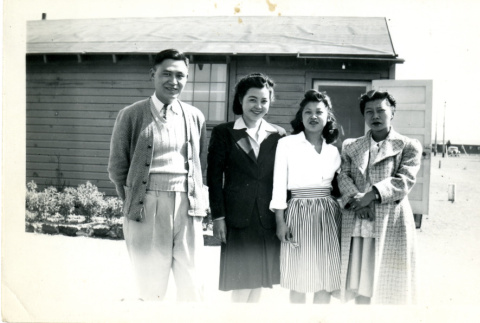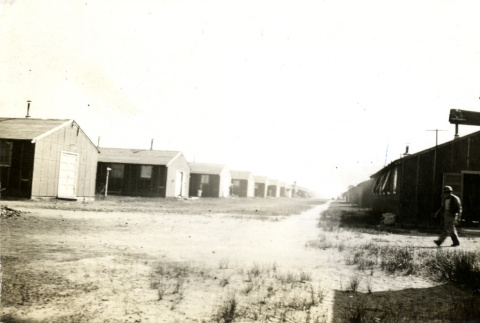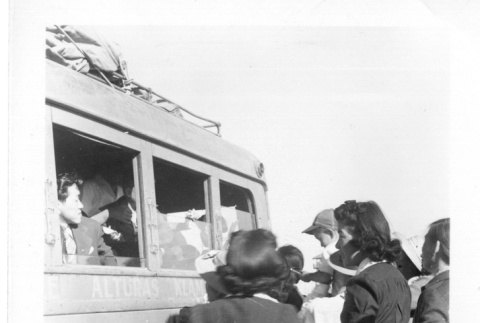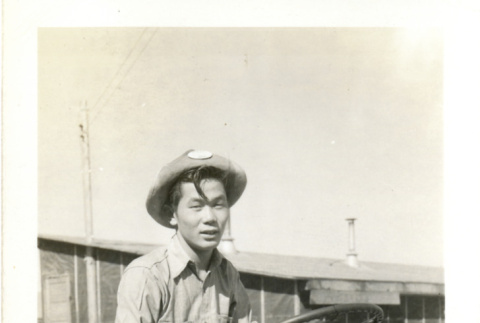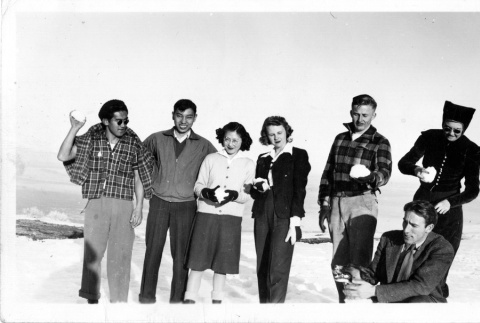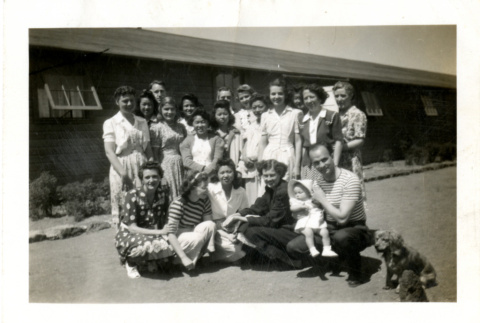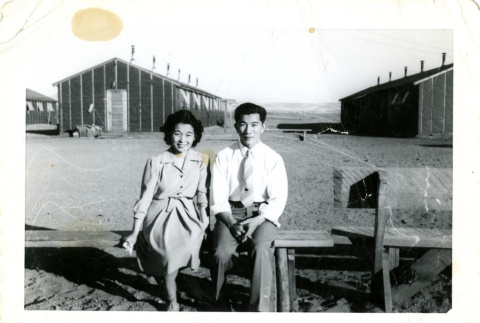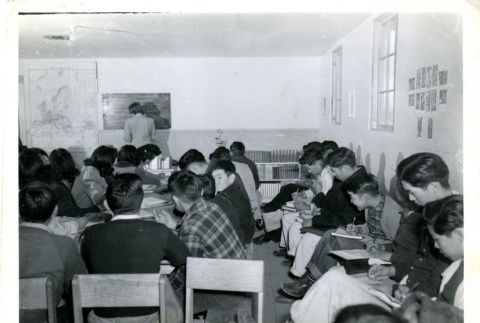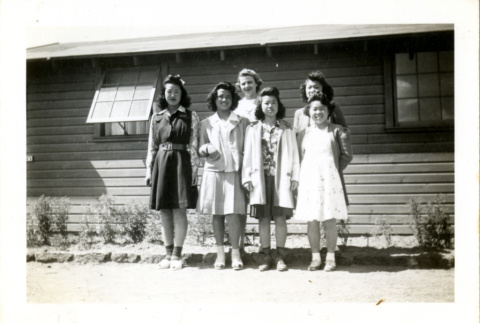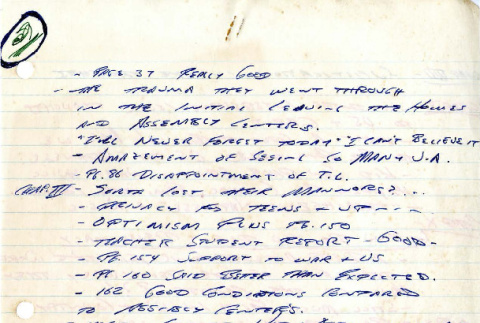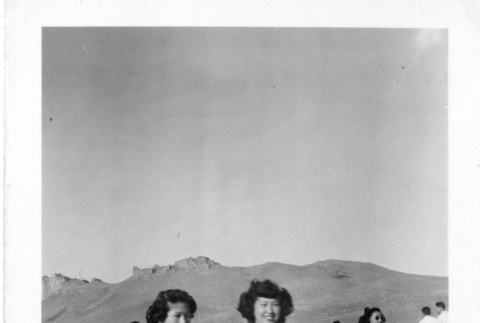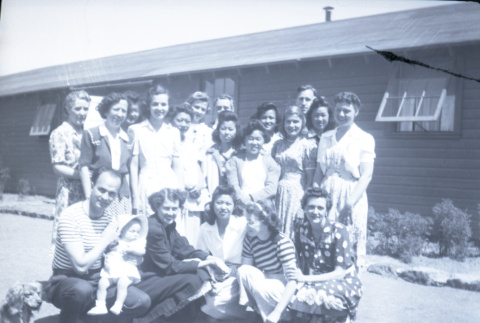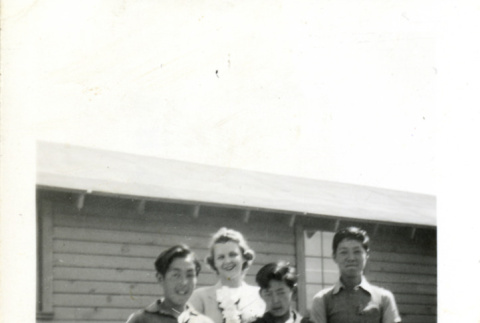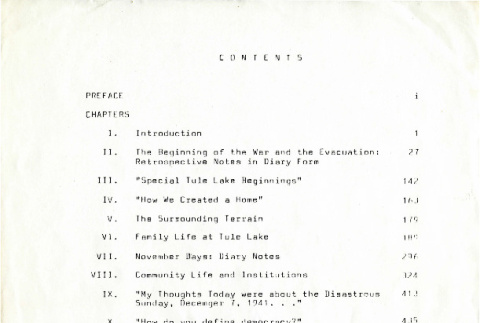Concentration camps
The War Relocation Authority (WRA) oversaw construction of ten concentration camps in sparsely populated and isolated areas. Between June and October 1942, Japanese Americans were transferred from the "assembly centers" to the larger camps. Housing approximately 120,000 people, the camps were designed to be self-contained communities, complete with hospitals, post offices, schools, warehouses, and residential areas. The WRA attempted to establish normalcy by setting up newspapers, a degree of self-government, sports leagues, and social events. But confinement, monotony, and harsh conditions exacerbated tensions between pro- and anti-camp administration residents and between the disempowered Issei and their U.S.-born Nisei children. At several centers, conflicts erupted into violence and at the Manzanar concentration camp the unrest resulted in fatal shootings. The WRA gradually granted work and school leave to those they considered "loyal." The last camp closed in March 1946.
World War II
(231)
Concentration camps
(1434)
Related articles from the
Densho Encyclopedia :
Concentration Camps, U.S.A. (book),
Gila River,
Heart Mountain,
Jerome,
Manzanar,
Minidoka,
Poston (Colorado River),
Psychological effects of camp,
Rohwer,
Sites of incarceration,
Topaz,
Tule Lake
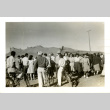


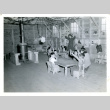
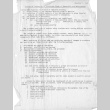

![Farm [farm workers loading truck] (ddr-csujad-26-72)](https://ddr.densho.org/media/cache/6f/14/6f1428a3dfdd2d74f5d0185157baf652.jpg)

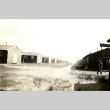
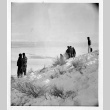
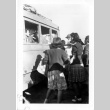

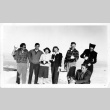
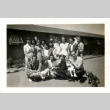
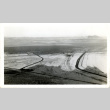


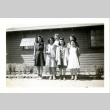

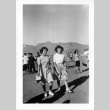
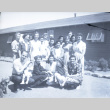

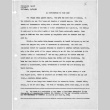
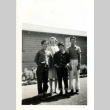
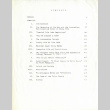
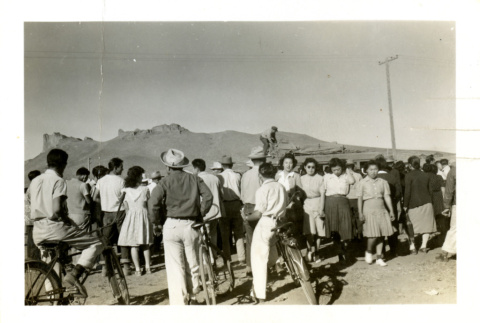

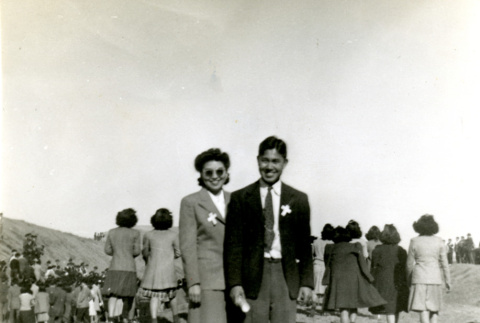


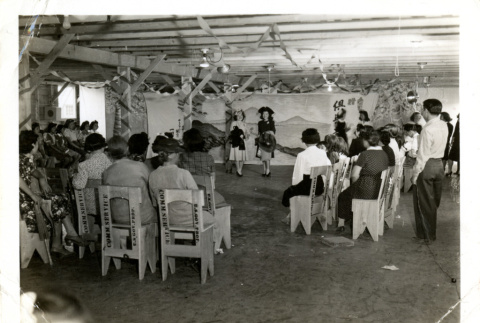
![Farm [farm workers loading truck] (ddr-csujad-26-72)](https://ddr.densho.org/media/cache/f0/32/f0328db5d2e4387d0210cb3480bb137e.jpg)
